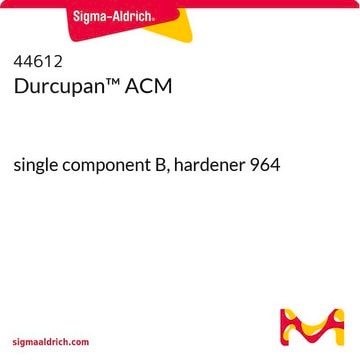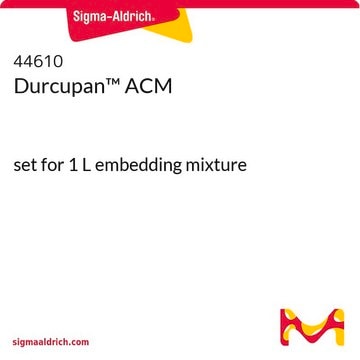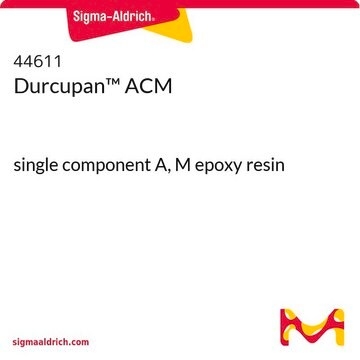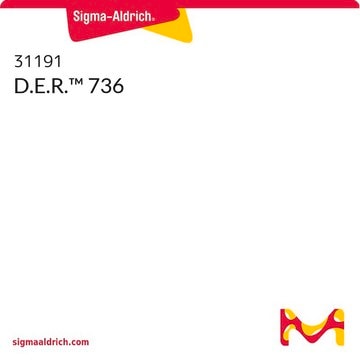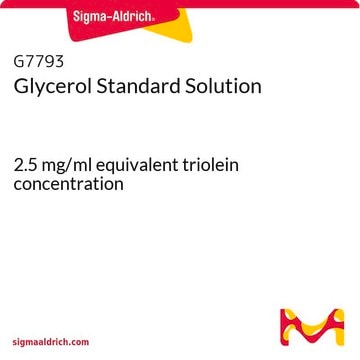44941
Iron(III) citrate tribasic monohydrate
18-20% Fe basis (T)
Synonym(s):
Ferric citrate monohydrate
About This Item
Recommended Products
Quality Level
form
solid
concentration
18-20% Fe (T)
anion traces
chloride (Cl-): ≤500 mg/kg
cation traces
Ca: ≤100 mg/kg
Cd: ≤50 mg/kg
Co: ≤50 mg/kg
Cu: ≤50 mg/kg
K: ≤500 mg/kg
Na: ≤200 mg/kg
Ni: ≤100 mg/kg
Pb: ≤50 mg/kg
Zn: ≤50 mg/kg
SMILES string
OC12CC(=O)O[Fe](OC(=O)C1)OC2=O
InChI
1S/C6H8O7.Fe/c7-3(8)1-6(13,5(11)12)2-4(9)10;/h13H,1-2H2,(H,7,8)(H,9,10)(H,11,12);/q;+3/p-3
InChI key
NPFOYSMITVOQOS-UHFFFAOYSA-K
Looking for similar products? Visit Product Comparison Guide
Application
Signal Word
Warning
Hazard Statements
Precautionary Statements
Hazard Classifications
Eye Irrit. 2
Storage Class Code
13 - Non Combustible Solids
WGK
WGK 2
Flash Point(F)
Not applicable
Flash Point(C)
Not applicable
Personal Protective Equipment
Choose from one of the most recent versions:
Already Own This Product?
Find documentation for the products that you have recently purchased in the Document Library.
Customers Also Viewed
Our team of scientists has experience in all areas of research including Life Science, Material Science, Chemical Synthesis, Chromatography, Analytical and many others.
Contact Technical Service
